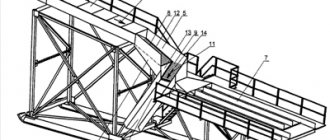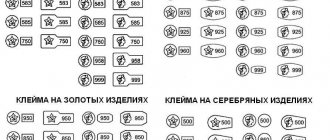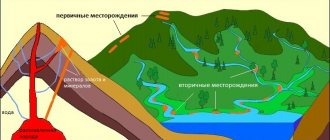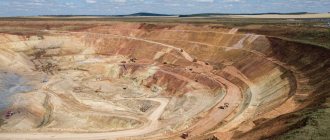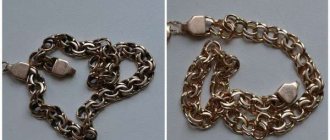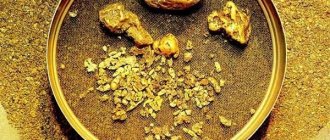How did metal appear on Earth, which became an equivalent of value and a means of accumulation? The origin of gold has long remained a mystery to researchers, the subject of scientific debate and hypotheses. Where did it come from, what are the patterns of its distribution in the earth's crust, the conditions for the formation of nuggets and placers? There are partial answers to these questions, and how gold is formed in the Earth's depths has yet to be discovered.
Where did gold come from on Earth?
There are many versions - plausible, already refuted and completely fantastic. I will focus on the three most popular.
Hypothesis 1
Once upon a time, people thought that noble metals were formed in the depths of the planet and were brought to its surface due to volcanic processes. This assumption was not confirmed: it was proven that natural conditions on Earth were never suitable for thermonuclear fusion of heavy elements.
Hypothesis 2
According to some scientists, gold is a waste product of certain types of anaerobic bacteria. The influence of the microcosm on the migration of gold and the formation of natural ingots is indeed noted, but the biogenic hypothesis poorly explains the appearance of a new chemical element.
Hypothesis 3
Traditional science believes that the atomic composition of our universe was formed as a result of nucleosynthesis, divided into 3 stages:
- cosmological (primary, prestellar);
- stellar (synthesis of nuclei in the bowels of stars during combustion and explosions);
- synthesis under the influence of cosmic rays.
Before the formation of stars, the Universe consisted of elementary particles and radiation, was small and very dense. After the Big Bang it began to cool and expand. This was accompanied by primary nucleosynthesis, which resulted in the formation of light elements - helium and lithium.

2 billion years later stars appeared. Thermonuclear reactions began to occur in them, making it possible for elements heavier than lithium to appear. This is how silicon, vanadium, and aluminum arose; but pressure and temperature were still not enough to form nuclei with an atomic mass of more than 55.845 units (the mass of iron). Nuclear fusion of heavy elements can only be explosive.
The most viable hypothesis explains the origin of gold through gamma-ray bursts - powerful bursts of electromagnetic radiation in space. They accompany the death of stars - supernova explosions and mergers of neutron stars, as a result of which the emergence of elements with an atomic mass greater than that of iron is possible.
Nuggets and properties of gold
Raw gold in the form of a piece measuring 15 g or more is usually called a nugget. They are rare in nature; finding a nugget is a great success. The oldest nugget was discovered back in the 11th century AD. Its weight was, according to the description, 2.5 tons; naturally, it did not survive to this day. It is impossible to find a piece of gold of this size today, but history knows several records that are very impressive:
- The “Holtermann Plate” is a nugget that was found in Australia; its weight was 100 kg.
- The “Japanese” from the island of Hokkaido weighed 71 kg.
- The “Big Triangle”, which was found in the Urals, weighed only 36 kg.
- The “Golden Giant” from Magadan could not boast of such dimensions, its weight is only 14 kg.
Finding a nugget is difficult; in most cases, the metal is found together with other elements, for this reason the color of the gold may surprise the new owner. And only a specialist can determine the value of a find.
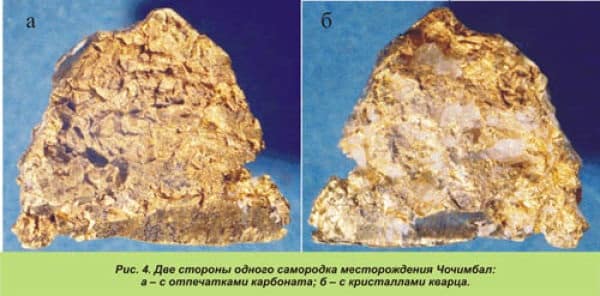
Two sides of one nugget
It is noteworthy that the precious metal may not have a characteristic luster and color, for this reason it is difficult to identify on the spot. The following knowledge about the precious metal will help determine what exactly the seeker is holding in his hands:
- has low resistance to electric current;
- tolerates temperature well and conducts heat (high thermal conductivity);
- gold is dense and therefore weighs a lot.
The element most often found is green in color and shade; it may have a characteristic shine, by which it is easy to identify. But there may be no shine, it all depends on what metals are included in the alloy besides gold.
It is also worth noting one more quality that is characteristic of all metals of noble origin - inertia. Gold is not afraid of acids and other chemicals. If you immerse it in warm aqua regia, then nothing will happen to the metal. Chemists call “royal vodka” a mixture of two acids, sulfuric and nitric. But even immersion in hydrochloric acid will not change the gold and will not affect its properties. If there are no reagents, then you should contact specialists who will help you figure it out.
Gold is a metal that can be found anywhere; Thus, scientists recently discovered this element in the waters of the World Ocean. Naturally, the content of precious metal in water is negligible. Perhaps the time is not far off when they will begin to extract gold not by mining, but will learn to extract it from sea water. At the moment, this method of extracting precious metals is considered unpromising.
In what form can gold be found in nature?
Gold, like almost the entire periodic table, came to Earth from space as a result of meteorite bombardment. This happened when our planet was not yet solid. In the process of its formation, a liquid melt of substances (one of the main metals in it was iron) sank inside the globe, and this is how the earth’s core was formed.
Most likely, it mostly consists of heavy precious metals that sank to the center of the Earth along with iron.
Unfortunately, precious metals cannot be extracted from there, and one has to be content with only crumbs of wealth hidden in more accessible depths.
Nuggets
Native gold is the dream of every prospector. The leader in the number and size of nuggets found throughout history is Australia. How are they formed?

There is a “V-theory” that explains the specific occurrence of nuggets by the fact that we are observing only the remains of gold deposits. When igneous rock first solidified on the earth's crust, the largest veins and purest gold were located at the top of the ore system. Since then, eons have passed, and the upper part of the deposit has completely eroded.
This version is confirmed by the fact that most large nuggets are found close to the surface - in veins near the main ore body. These small veins could serve as a filter, passing through a gold-containing solution, which formed nuggets when cooled.
grains
Grain metal is the name given to gold grains collected from a vein. Grains are much easier to find than natural ingots, but they are also a desirable object for prospectors who mine precious metals. The grain is almost pure gold of a rich yellow color, the amount of impurities in it is small.
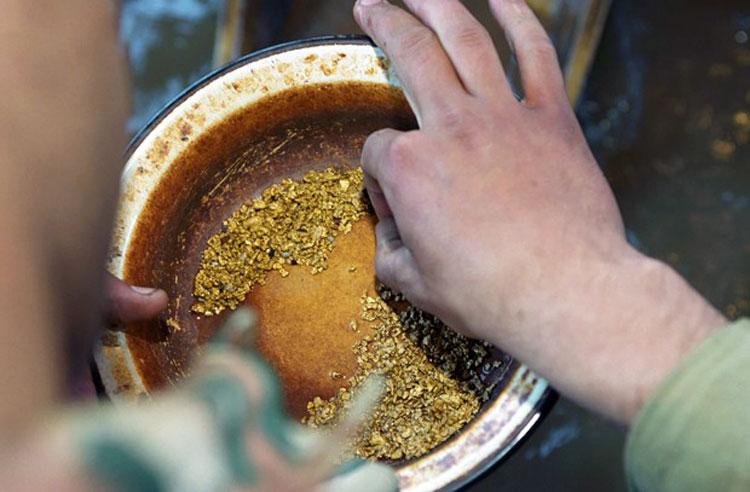
What is the difference between nuggets and grains
A grain is a natural small ingot. The main differences from a nugget are in size and rarity (it is very difficult to find a large nugget; these are isolated cases that become world famous).
There is no clear opinion regarding the mass from which gold can be considered native. Some gold miners claim that a miniature nugget can weigh as much as 1 g, while others claim that pieces of metal weighing less than 15 g should not be called nuggets.
How deposits are developed
Finding gold is very difficult; its extraction is an art. There are no special indicators that can accurately determine its presence in rocks. Therefore, when searching for gold, a thorough study of the area, a deep understanding of geology, observation, accumulated experience, knowledge of modern exploration methods and, of course, intuition are required.
Along with the exploration of mineral territories, special attention must be paid to the percentage of gold in the total mass of ore in order to understand the economic efficiency of the developed deposit. Profitability will be fully justified if its satellites, other minerals, are mined with gold.
Assessing the world's current gold reserves requires a global approach. This means taking various rock samples, carrying out repeated calculations regarding the profitability of gold mining, and performing drilling and geological exploration work on a significant scale.

Here is an example of preparing a field for production:
- primary reconnaissance, covering the search and assessment of lands, as well as establishing the order of their transfer in subsequent preparatory phases;
- target survey to delineate the mine boundaries;
- preliminary engineering work;
- taking metallurgical samples;
- carrying out economic calculations and methods of probable analysis;
- rental or acquisition of land plots with fossil gold;
- preparatory work for the transfer of the deposit to industrial development using complex, state-of-the-art equipment.
Upon completion of exploration and preparation of the deposit for industrial work, the construction of a gold mining enterprise begins. The construction of a modern gold mine can cost half a million dollars, taking into account capital costs and the number of employees, the number of which ranges from 15-20 thousand people.
The annual gross output of the newly formed enterprise is approximately 40 tons of metal, which in monetary terms is equivalent to 500 million dollars.
Types of deposits
Deposits are divided into primary - post-magmatic - and secondary, formed as a result of the destruction of the first.
Indigenous
Ore deposits are localized on the surface of the earth's crust in places where molten magma came out (for example, during volcanic eruptions). Until the 20th century, they were poorly developed, because the extraction of gold from rock is labor-intensive and ineffective without technical means. But in the 20th century, humanity took revenge and in a hundred years produced the same amount of gold as thousands of years before.
Alluvial
Placers of gold - concentrate - are found mainly in alluvium ("alluvium" - deposits formed by water flows). It is interesting that sometimes alluvial deposits are found in places hundreds of kilometers away from the original ones. After washing, spot gold (“rough”) gold is chemically purified.
Digital statistics of gold mining
History has recorded the richest accumulations of ore and placer gold containing 100 grams or more of precious metal per ton of rock. Small areas were marked with kilogram gold grades per tonne of ore.
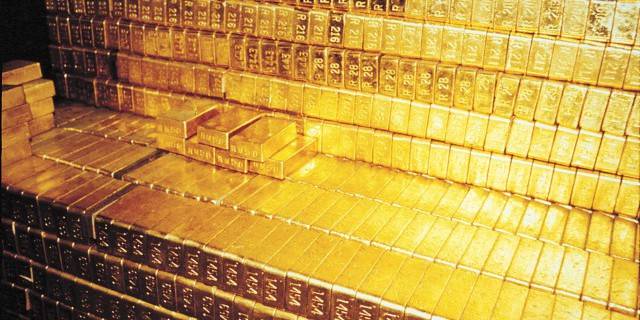
Modern mines are considered rich if there are more than 10 grams of gold per 1000 kg of ore, and a profitable rate is 4-5 grams per thousand kilograms. Profitability and material justification, in addition to the specific gravity of gold in the rock, are determined by such indicators as the depth of ore veins, the nature of the rock, transport conditions, and development of the territory.
By the way, the first discoveries of the precious metal were in alluvial deposits: People discovered small nuggets in river beds and on the banks of streams. Gold rushes in Alaska, Australia and California are associated with placers; in the 19th century, such deposits accounted for 90% of the world's gold. This figure fell steadily throughout the 20th century, reaching 2% in 1971. Recently, the percentage has increased slightly due to the revival of gold mining in old (even abandoned) mines and new locations. This is especially true for Colombia, Brazil and a number of other countries.
If we consider natural gold reserves by country, the United States takes 1st place, with 59 deposits with gold reserves of more than 13 thousand tons; followed by Canada and South Africa with similar indicators; Russia ranks 4th with gold production of more than 9 thousand tons from 33 deposits.
When did gold become valuable?
Archaeological excavations have shown that people used the precious metal as early as the 5th century BC. But early human settlements used raw gold.
People began to create gold household items and jewelry much later.
The earliest gold jewelry, dating back to the Bronze Age, was found in Ireland. True, metal was not very popular among these people. It was exchanged at the market for goods more valuable to the northerners.
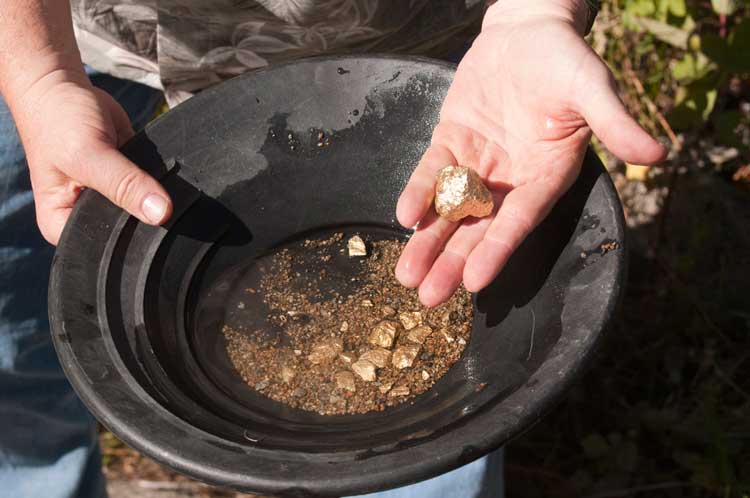
Active ore mining in the Ancient world was carried out in the Mediterranean countries. Residents of the Middle East supplied ore and products made from it to Egypt. The most ancient jewelry made of precious metal was discovered in the tombs of the Egyptian queen and ruler of the Sumerians. Both specimens date back to the 3rd millennium BC.
In Russia, the first gold mine was discovered only in 1732 by prospectors from the Arkhangelsk province. But they began to develop it much later. The official start date of work is considered to be 1745. In total, the first Ural deposit yielded 65 kg.
